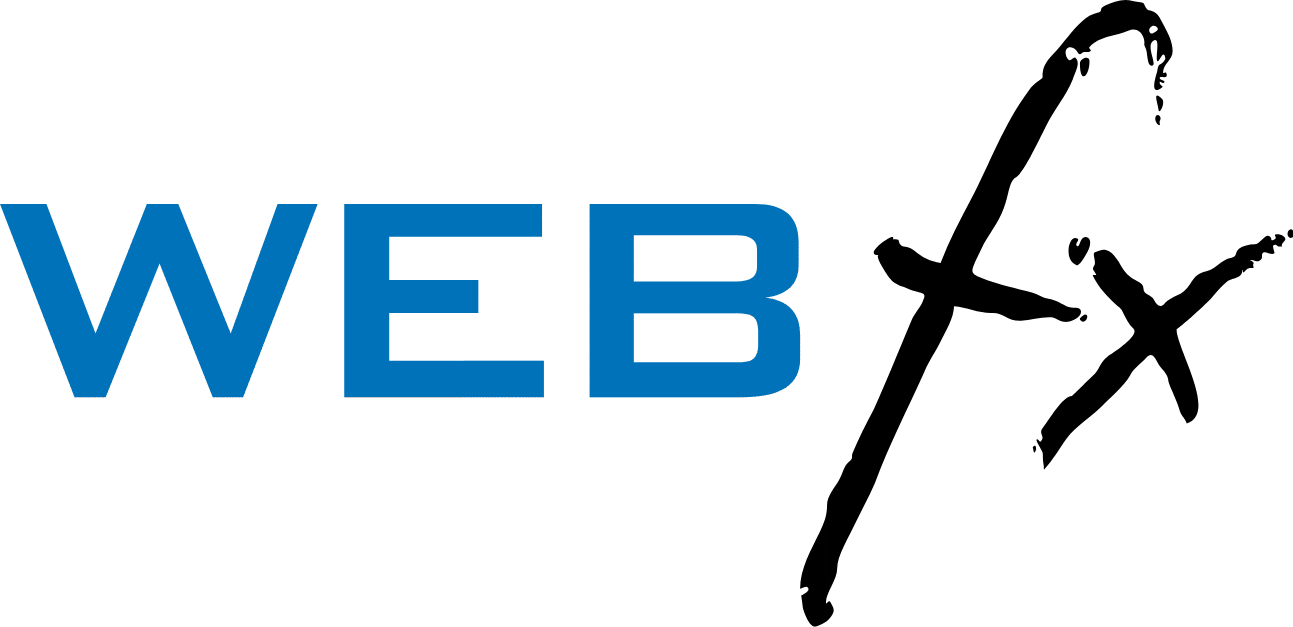During a national workshop on Electronic Commerce last year, Foreign Secretary Carl Greenridge said that Guyana cannot ignore the potential of E-Commerce. There are more than 294 thousand internet users in Guyana and internet penetration in the country stands at 37% [1]. A number that will continue to grow over the coming years. Greenridge pointed out that changes triggered by the Covid-19 pandemic were “symptomatic of a paradigm shift” in global business. E-Commerce is revolutionizing how the world trades [2].
Whether you plan to enter the E-Commerce space to cater to domestic customers or for international trade, you will need a website. A website plays a crucial role in the success of an online business. It gives the business legitimacy, authority and acts as a digital storefront. It is important for a business’s website to be well designed and feel modern. Web design has changed significantly over the years, a poorly designed website can feel dated and customers feel less confident interacting with such businesses. In this article, we explore four website design trends that businesses should consider in 2021.
1. Large Typography
Fonts are a big part of a business’s brand identity. A unique font can help customers distinguish your business from its competitors. Typography is the use of fonts as an element of design. By playing with font type and size, you can give your website a unique look and feel. Using large typography to highlight key points and buzzwords is a great way to create visual impact and catch a customer’s eye.
Once you have selected a font, make sure you keep it consistent across all your materials and assets. Using Google Fonts on your website is highly recommended. There are over 900 fonts to choose from, they are free to use and can help boost your website’s page load speed and performance.
2. Flatish Design
Before 2013, when it came to UI design, the approach was realism, also known as skeuomorphism. In this approach to design, the interface of a website or app is meant to mimic real life. Icons and elements are 3 dimensional, with lots of shadows, depth, and highlights, ‘it should look real’. In 2013, Apple changed all of that with the release of the iOS 7 update that embraced 2-dimensional, flat design. Flat design became the standard.
However, an emerging trend is the evolution of flat design i.e. flatish or semi-flat design. An approach that combines the best of realism and flat design. Instead of overdoing shadows, highlights, and overlays, semi-flat design strategically uses a few of these elements to create depth and add character to the UI. When it comes to modern website design, the world is no longer flat but not realistically round either, it’s somewhere in the middle.
3. Large Product Images
Both B2B and B2C businesses have recognized the power of images. Modern website development and design incorporate large product images. 90% of information transmitted to our brains is visual, the human brain processes visual information 60,000 times faster than text [3]. Using multiple large images makes it easier for web designers to communicate the features and benefits of a product. This is why quality images are an essential part of modern web design. Paired with concise text, visuals can have a powerful impact on users.
4. Card design
Instagram has over a billion users worldwide and Pinterest has approximately 478 million. These are two of the most widely used social media platforms in the world. The popularity of these platforms has increased the use of card design in modern websites. Today, cards can be seen in the UI design of both B2B and B2C websites. Cards allow designers to break information into bite-sized chunks. They can be used to show multiple products and solutions, side by side in an organized manner that does not overwhelm the users. The layout feels familiar and comfortable.
It’s important to ensure that the card layout is responsive. This means that depending on the size of a visitor’s screen, the number and size of the cards will automatically adjust. To help ensure that these types of important considerations are not overlooked, you should consider working with a professional web design and development company like WebFX.
WebFX provides digital media and website development services to businesses in Guyana. They have a team of experienced designers and developers who stay up to date with the latest trends and will build a modern website for your business that is attractive as well as functional.
Sources:
- Feb 2021, S. Kemp, “Digital 2021: Guyana”, Datareportal, [available online] available from: https://datareportal.com/reports/digital-2021-guyana [accessed May 2021]
- Aug 2020, “Guyana cannot ignore the potential of e-commerce, Greenidge says”, Stabroek News, [available online] available from: https://www.stabroeknews.com/2020/08/02/news/guyana/guyana-cannot-ignore-potential-of-e-commerce-greenidge-says/ [accessed May 2021]
- Jul 2014, “Studies Confirm the Power of Visuals to Engage Your Audience in eLearning”, Shift, [available online] available from: https://www.shiftelearning.com/blog/bid/350326/studies-confirm-the-power-of-visuals-in-elearning [accessed May 2021]

